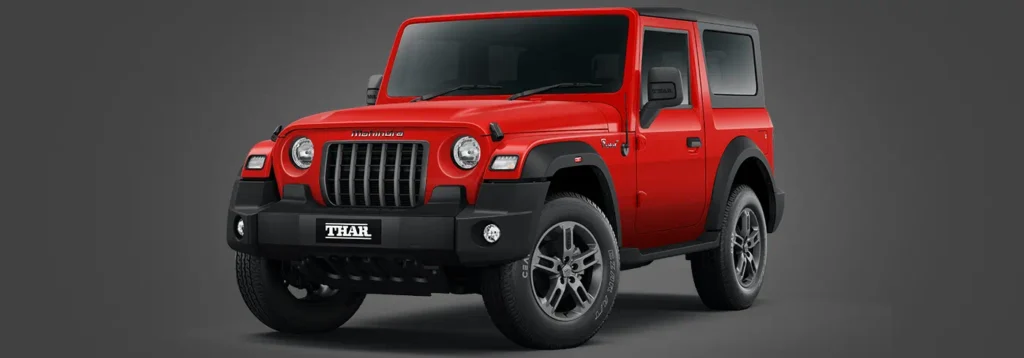Tata Motors recently showcased the impressive off-road capabilities of the Tata Harrier EV by successfully climbing Kerala’s challenging Elephant Rock. This feat highlights the electric SUV’s advanced engineering and rugged design, proving its readiness for tough terrains. As per the report company is planning to launch this car on 3 June 2025.
Equipped with innovative features like Transparent Mode, Rock Crawl, and an All-Wheel Drive system, the Harrier EV combines power and control to tackle steep inclines and rough surfaces, making it a strong contender in the electric off-road segment.

Tata Harrier EV: Off-Roading Capabilities
The Harrier EV’s ascent of the 3,937-foot-high Elephant Rock, known for its treacherous terrain and narrow paths, was facilitated by features such as Transparent Mode, Off-Road Assist, Rock Crawl Mode, Boost Mode, and an All-Wheel Drive (AWD) system.
These technologies collectively enhance traction, control, and stability, enabling the vehicle to tackle steep inclines and uneven surfaces with confidence.
Also Read: List of Top 5 Upcoming Cars in June 2025, Tata Harrier EV and More
Design of Tata Harrier EV
The Tata Harrier EV maintains the bold and muscular design of its ICE counterpart while introducing distinct electric touches. It features a sleek closed-off grille, vertical slatted bumpers, and aerodynamic alloy wheels that enhance efficiency and style.
The SUV’s dimensions remain spacious, offering ample cabin room and a commanding road presence. Inside, the Harrier EV boasts premium materials, ambient lighting, and a panoramic sunroof that adds to the airy feel.
The blend of rugged exterior design with modern, refined elements makes it both practical for off-roading and comfortable for daily driving.
Powertrain of Tata Harrier EV
The Tata Harrier EV is powered by a robust dual-motor setup delivering all-wheel drive (AWD) capabilities and a peak torque of 500 Nm.
Built on Tata’s Gen 2 acti.ev platform, it offers strong performance and excellent traction for off-road and urban driving.
With a real-world range of over 500 km on a single charge, the powertrain balances power and efficiency, making the Harrier EV a versatile and capable electric SUV.
Cabin of Tata Harrier EV
The Tata Harrier EV’s cabin is a blend of luxury and technology designed for comfort and convenience. It features a spacious interior with premium materials and ambient lighting that create a refined atmosphere.
The driver benefits from a 10.25-inch fully digital instrument cluster, providing clear and customizable driving information.
A large 12.3-inch touchscreen infotainment system offers seamless connectivity, navigation, and entertainment options. Adding to the airy feel is a panoramic sunroof, enhancing the overall driving experience with natural light and openness.
Safety Features of Tata Harrier EV
The Tata Harrier EV is equipped with a comprehensive suite of safety features to ensure occupant protection and driving confidence. Standard safety provisions include seven airbags, ABS with EBD, electronic stability control (ESC), hill hold assist, and a 360-degree camera for enhanced visibility.
Additionally, it incorporates Level 2 Advanced Driver Assistance Systems (ADAS), offering features such as lane-keeping assist, adaptive cruise control, autonomous emergency braking, and traffic sign recognition.
These technologies collectively contribute to a safer driving experience, aligning with Tata Motors’ commitment to passenger safety.
Price and Availability of Tata Harrier EV
The Tata Harrier EV is set to launch on June 3, 2025, with prices expected between ₹24 lakh and ₹30 lakh (ex-showroom). Bookings will open soon after, and deliveries will begin in the coming months.
Bookings for the Harrier EV are anticipated to open shortly after the official launch, with deliveries expected to commence in the coming months. Tata Motors aims to position the Harrier EV as a strong competitor in the premium electric SUV segment, rivaling models like the Mahindra BE 6 and BYD Atto 3.
Also Read: MG Motor Company Sales Report of May 2025, 40% Growth



